



I advise using a nozzle with a specific hue based on the task at hand. For delicate surfaces, the white nozzle, with its 40-degree spread, offers a gentle mist ideal for cars or painted walls. If tackling medium dirt, a yellow nozzle with a 15-degree angle will effectively blast away grime without damaging the surface.
For tough stains, the red nozzle delivers a powerful 0-degree jet stream, perfect for concrete or stubborn mildew. Keep in mind that while effective, this option requires careful handling to avoid surface etching. Additionally, the green nozzle, typically featuring a 25-degree angle, strikes a balance for general cleaning tasks, making it suitable for decks or siding.
Choosing the correct nozzle colour can significantly enhance cleaning results. I recommend organising your equipment so that nozzles are easily accessible, allowing for quick changes during usage. Familiarising yourself with each nozzle’s function will not only save time but also ensure the longevity of your surfaces.
Pressure Washer Tip Colour Guide
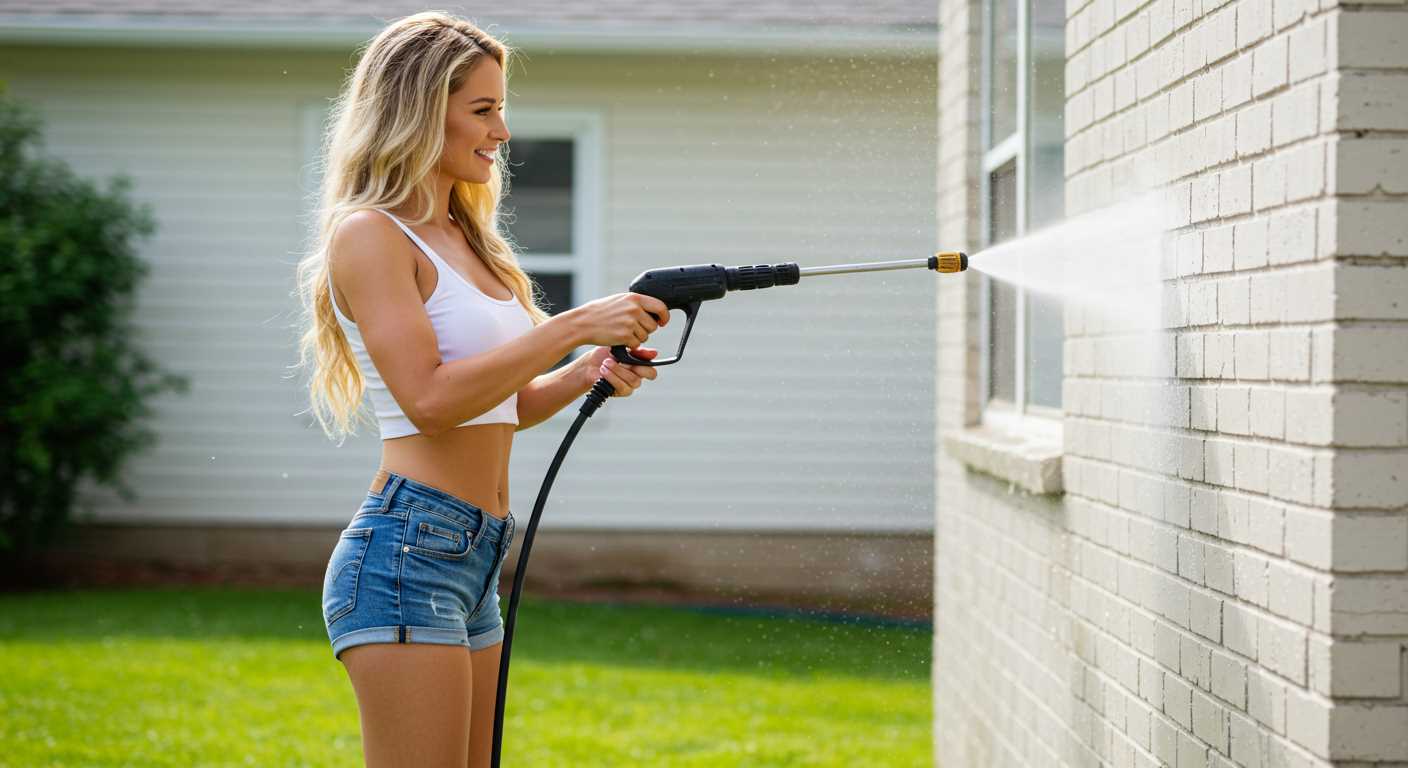
Choosing the right nozzle attachment is vital for achieving optimal results during cleaning tasks. Each nozzle, distinguished by its colour, serves a specific purpose:
- Red (0 degrees): Produces a concentrated, high-pressure stream. Ideal for heavy-duty tasks such as removing stubborn paint or tough stains. Use with caution to avoid damaging delicate surfaces.
- Yellow (15 degrees): Provides a narrow spray with moderate pressure. Effective for cleaning concrete, brick, and driveways. Suitable for tough grime but consider surface materials beforehand.
- Green (25 degrees): Features a wider spray pattern, making it perfect for cleaning decks, patios, and siding. It strikes a balance between power and safety for various surfaces.
- White (40 degrees): Offers a broad, gentle spray, suitable for more delicate surfaces such as cars, windows, and painted surfaces. Minimises the risk of damage while effectively removing dirt.
- Black (soap nozzle): Designed for applying detergent solutions. It releases a wide spray, enabling even coverage when dealing with soap, which should be rinsed off with a different nozzle afterwards.
It’s essential to match the nozzle with the specific cleaning task at hand. Consider the surface material and the nature of the dirt or stain for the best outcome.
Understanding Pressure Washer Tip Colours
Choosing the right nozzle tip significantly impacts cleaning results. Each hue corresponds to a specific spray angle, allowing for a variety of applications. My experience shows that selecting the appropriate tip can prevent damage to surfaces while maximising efficiency.
Green nozzles offer a 25-degree spread, ideal for general cleaning tasks like patios, driveways, and vehicles. This option balances power and safety, making it versatile for various surfaces.
White tips, with a wider 40-degree spray pattern, are suitable for delicate surfaces such as windows or painted areas. The gentle spray ensures effective cleaning without risking damage.
Red nozzles, providing a narrow 0-degree angle, produce a concentrated jet stream. This option excels in removing stubborn stains on concrete or heavy-duty tasks but requires caution to avoid etching surfaces.
Yellow tips, featuring a 15-degree angle, offer a robust spray ideal for tough grime and mildew. They strike a balance between power and safety, making them effective on surfaces like bricks and fences.
For versatile tasks, using adjustable nozzles allows me to switch between spray patterns without changing tips. The flexibility of these options means I can adapt my approach based on the surface and cleaning requirement.
Always consider the manufacturer’s recommendations for specific models to ensure optimal compatibility with each attachment. This practice ensures effective results while prolonging the lifespan of the machine.
Understanding these nuances transforms cleaning into a more efficient process, tailored to the task at hand.
Identifying the Purpose of Each Colour Tip
In my extensive experience with cleaning equipment, selecting the correct nozzle is crucial for achieving optimal results. Each nozzle colour corresponds to a specific spray angle and pressure level, catering to various cleaning tasks.
| Nozzle Colour | Spray Angle | Recommended Use |
|---|---|---|
| Red | 0° | Ideal for tough stains, heavy-duty applications, and targeted cleaning where high pressure is needed. |
| Yellow | 15° | Suitable for removing tough grime, paint, and dirt from surfaces like concrete and brick. |
| Green | 25° | Great for general cleaning tasks, such as driveways, patios, and vehicles. |
| White | 40° | Used for delicate surfaces, like wood decks or siding, offering a gentler clean. |
| Black | Soap | Designed for applying soap solutions, ensuring even coverage for better cleaning results. |
Selecting the appropriate nozzle not only enhances cleaning efficiency but also protects surfaces from damage. It’s critical to assess the task at hand and choose accordingly.
How to Choose the Right Tip Colour for Your Project
Assess the surface to be cleaned–different materials require varying approaches. For instance, softer surfaces like wood benefit from a wider fan spray, typically represented by a white nozzle. In contrast, tougher materials may require a more concentrated stream for effective cleaning.
Consider the type of grime present. Heavy stains, such as oil or grease, often necessitate a yellow or green attachment, which delivers a more intense force. Light dirt or dust can usually be handled with a broader spray, reducing the risk of surface damage.
Evaluate the size of the area. Larger spaces, such as driveways or decks, may perform better with wider sprays to cover more ground rapidly, whereas detailed work around fixtures or vehicles can demand a narrower angle for precision.
Review manufacturer guidelines. Each device can have specific recommendations based on its design and capabilities. It’s beneficial to reference these instructions before making a choice.
Test various attachments if unsure. Many models allow for easy switching between nozzles. Experimenting can provide insight into which works best for a particular task.
Consult with product specialists at your local store or online forums. They often possess direct experience and can share tips based on practical applications.
Finally, avoid rushing the decision. Consider the project scope, desired outcomes, and potential surface damage risks. Taking the time to assess these factors will lead to more successful cleaning efforts.
Comparing Cleaning Power: Nozzle Angles Explained
The angle of a nozzle directly influences cleaning capability and impact. A 0-degree model delivers a concentrated, powerful stream, ideal for removing stubborn stains from hard surfaces. However, this precision comes with the risk of damage to softer materials.
A 15-degree variant offers a wider spray, suitable for tough surfaces like concrete or brick without causing harm. It efficiently strips away graffiti or mildew. The 25-degree option widens further and works effectively on larger areas like patios, providing adequate cleaning without overexerting the surface.
Lastly, a 40-degree nozzle disperses water broadly, perfect for lighter cleaning tasks such as vehicles or patio furniture. This gentler approach prevents damage while still offering adequate dirt removal.
When selecting a nozzle angle, consider the material being cleaned and the type of debris present. A narrower angle grants greater force, while a broader angle provides a safer, more forgiving spray. Always adapt the nozzle choice based on the surface and desired outcome.
Maintenance Tips for Pressure Washer Nozzles
Regular cleaning is paramount. After each use, rinse nozzles thoroughly with water to remove dirt and debris. This prevents clogs and maintains optimal performance.
Inspection Procedures
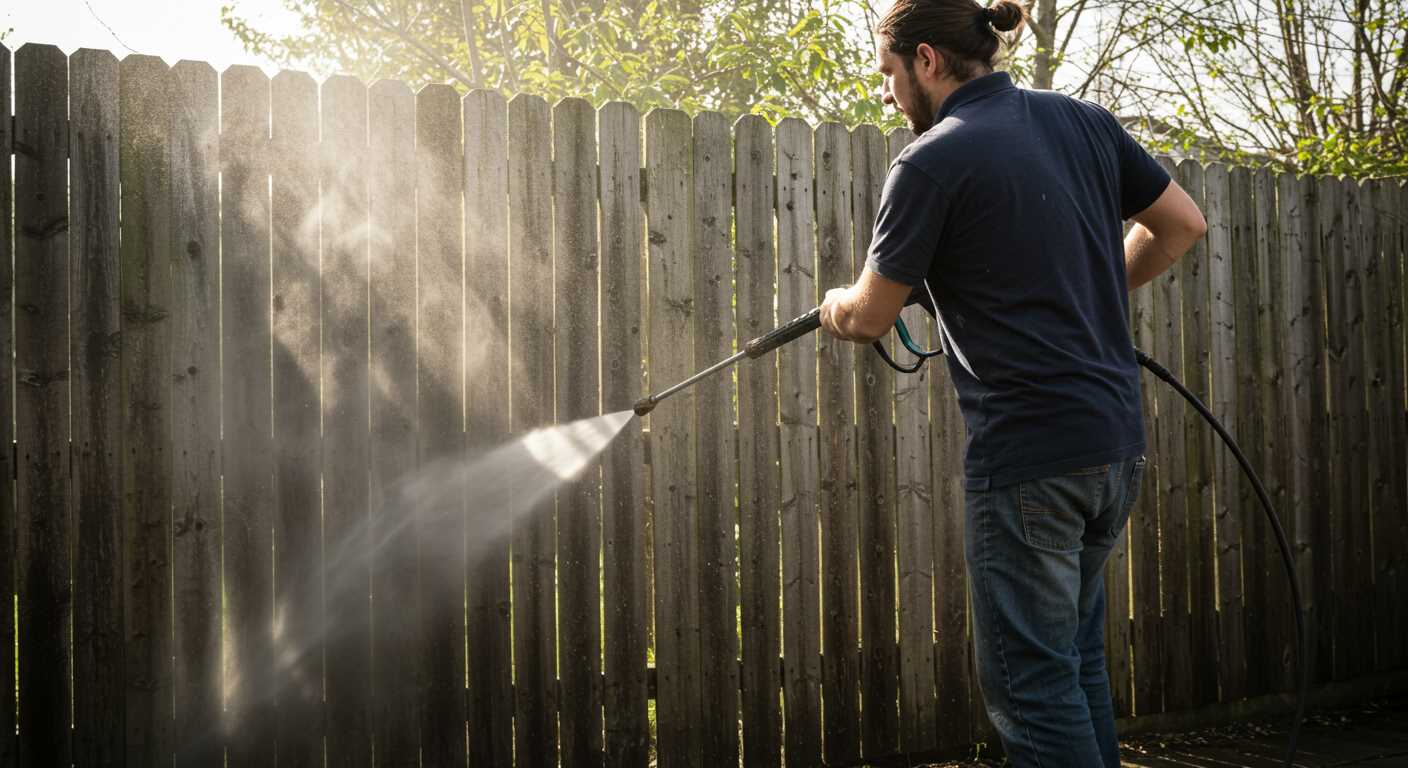
Examine nozzles for wear or damage before every use. Look for cracks, chips, or blockages. Damaged nozzles should be replaced immediately to avoid inefficient cleaning and potential system damage.
Storage Recommendations
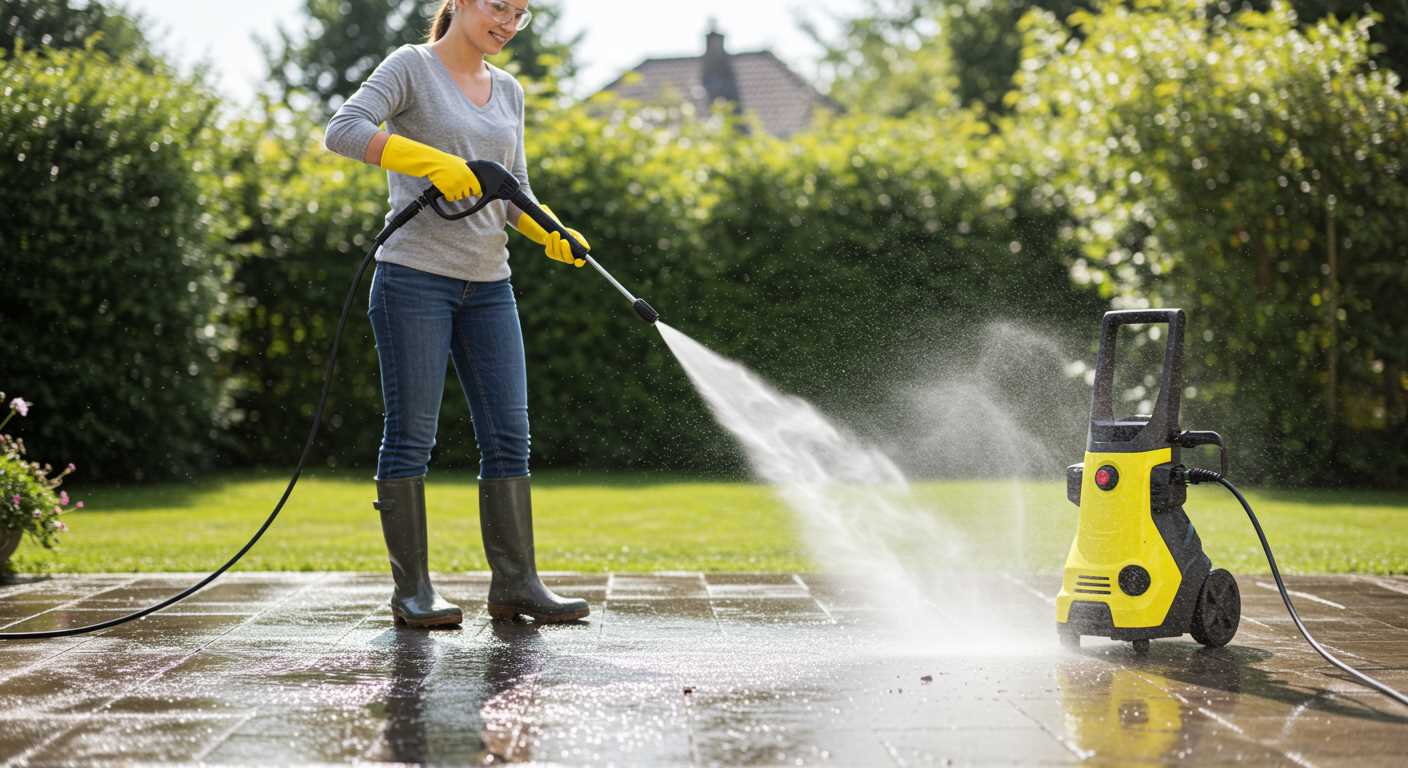
Store nozzles in a dry, cool place. Avoid leaving them exposed to extreme temperatures, which can warp or degrade materials. Using a protective case can prolong their life significantly.
Periodically test performance by spraying a surface and observing the pattern. If the spray pattern is uneven, it might indicate a blockage or wear. Address these issues promptly.
Consider lubricating connections occasionally with silicone spray to ensure smooth attachment and detachment. This helps maintain the integrity of the nozzle fitting and reduces wear over time.
Avoid using corrosive chemicals as they can damage nozzles. Stick to recommended cleaning solutions compatible with your equipment to ensure longevity.
By adhering to these practices, nozzles will function efficiently, extending the life of your equipment and enhancing the cleaning experience.
Common Mistakes When Using Pressure Washer Nozzles
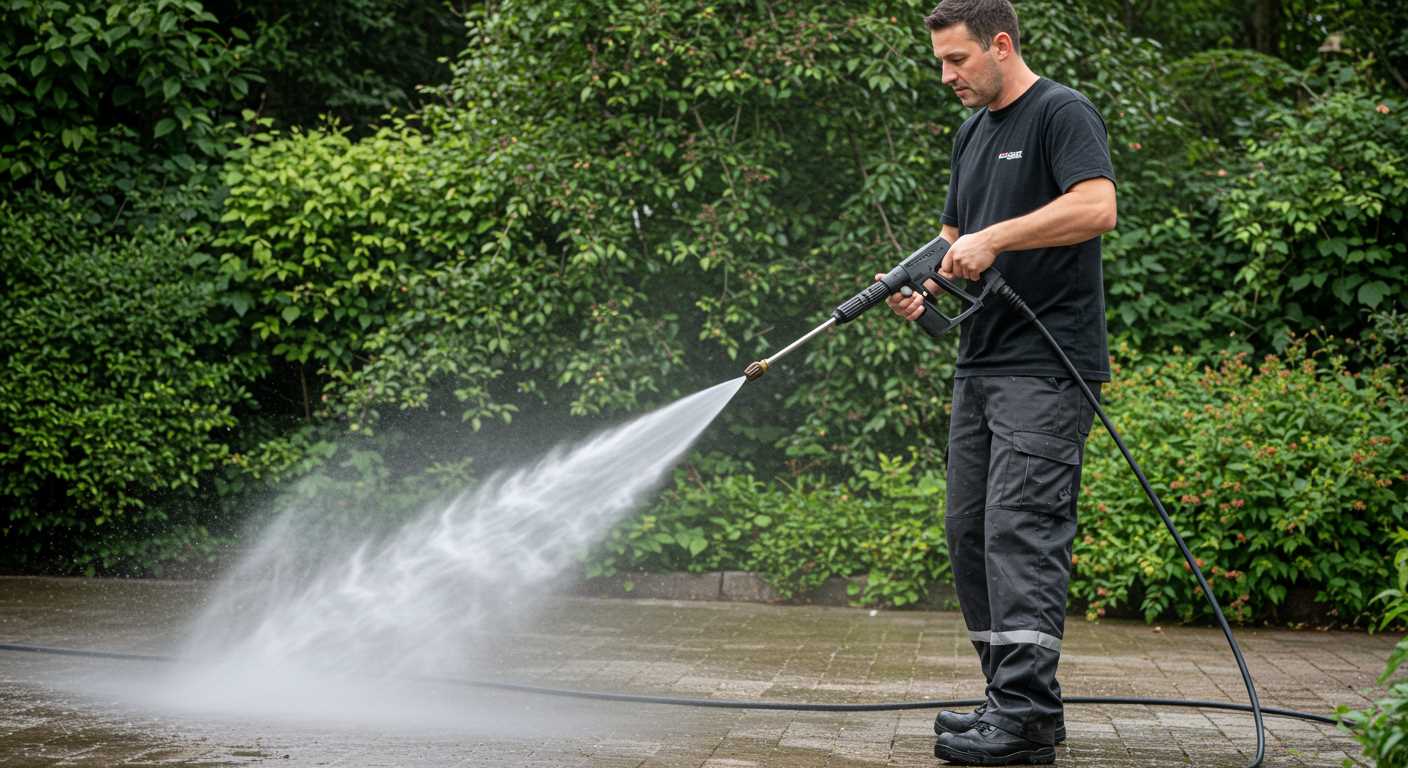
Choosing the wrong nozzle can lead to damaging surfaces. For instance, using a narrow-angle attachment on delicate materials may cause etching or stripping. Always match the nozzle angle to the surface type; a wider spray is ideal for fragile areas.
Another frequent error involves distance. Holding the nozzle too close results in surface damage and increased wear on the equipment. Maintain a proper distance, usually around 2 to 3 feet, ensuring effective cleaning without harm.
Ignoring Safety Precautions
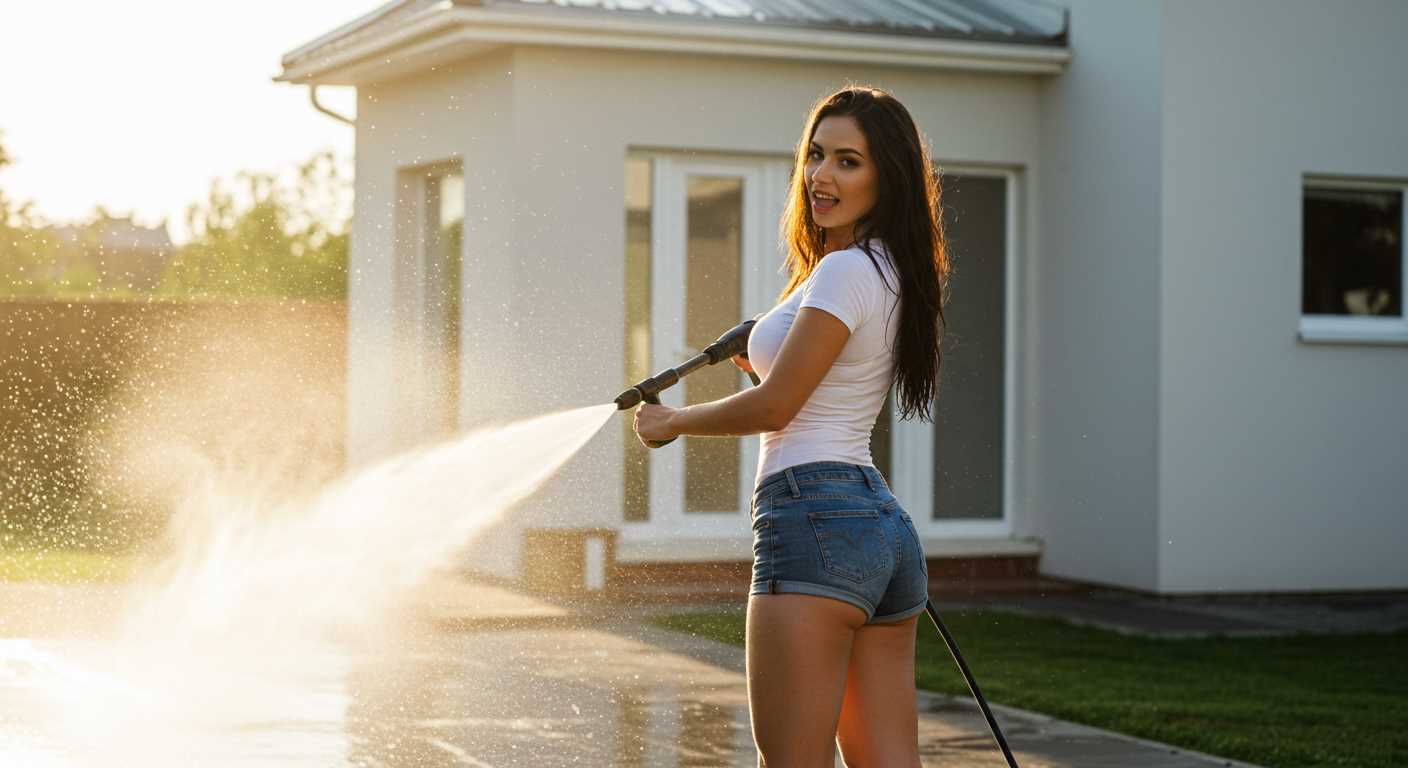
Neglecting personal protective equipment, such as goggles and gloves, poses risks. High-pressure water can cause serious injuries; therefore, safeguarding oneself during operation is non-negotiable.
Not checking the equipment’s condition leads to poor performance. Ensure that nozzles are clean and free of debris before use. A clogged nozzle can reduce efficiency dramatically and lead to frustration.
Inadequate Preparation
Failing to conduct surface preparation may compromise results. Remove large debris and surface contaminants prior to cleaning. This can amplify the effectiveness of the task and save time.
Mixing soaps or chemicals improperly can diminish cleaning power and may harm surfaces. Follow manufacturer guidelines for soap ratios and ensure compatibility with selected nozzles.
Safety Considerations When Operating Different Nozzle Types
Always wear appropriate personal protective equipment, such as safety goggles and gloves, to shield against debris and strong spray. The force of the spray can propel particles with significant speed, leading to injuries if proper precautions aren’t taken.
Maintaining Safe Distances
Keep a safe distance between yourself and the surface being cleaned. Using a narrow-angled nozzle can increase the risk of injury due to the high pressure concentrated in a small area. Start with a wider angle to gauge the cleaning effect, then adjust if necessary.
Understanding Pressure Levels
Familiarise yourself with the PSI ratings associated with each nozzle design. A higher PSI can be suitable for tougher stains but can damage softer surfaces, such as wood or delicate painted areas. Test on an inconspicuous section when using different nozzles to avoid unintended damage.
FAQ:
What do the different colour tips on a pressure washer signify?
The colour tips on a pressure washer indicate the spray patterns and pressure levels. Each colour corresponds to a different nozzle, which determines the width and intensity of the spray. For example, a red tip typically produces a narrow, high-pressure jet suited for tough stains, while a yellow tip offers a slightly wider spray for medium-duty cleaning tasks. Green and white tips provide broader spray patterns for lighter cleaning, with white being the gentlest option. Understanding these colour codes helps users select the appropriate nozzle for their specific cleaning needs.
Can I use any colour tip for any cleaning task?
It is not advisable to use any colour tip for every cleaning task, as each tip is designed for specific applications. For instance, using a red tip on a delicate surface like wood could cause damage due to its high pressure. Similarly, a white tip may not be effective on tougher stains. Always match the nozzle colour to the cleaning job’s requirements to ensure optimal results and avoid damage to surfaces.
How do I know which nozzle is suitable for my pressure washer?
To determine which nozzle is suitable for your pressure washer, check the user manual that comes with the machine. Different models may have specific recommendations based on their pressure ratings and capabilities. You can also verify compatibility by looking for any markings or colour codes on the nozzle tips and matching them with the manufacturer’s guidelines. If in doubt, consulting the manufacturer’s website or customer service can provide clarification.
Are there any risks associated with using the incorrect colour tip on my pressure washer?
Yes, using the incorrect nozzle can pose several risks. If a high-pressure tip is used on a fragile surface, it may lead to damage, scratches, or even complete surface removal. Conversely, employing a lower-pressure tip for a tough cleaning task may result in ineffective cleaning, necessitating additional work. It’s crucial to select the right nozzle for the task to avoid damaging surfaces and to improve cleaning efficiency.







